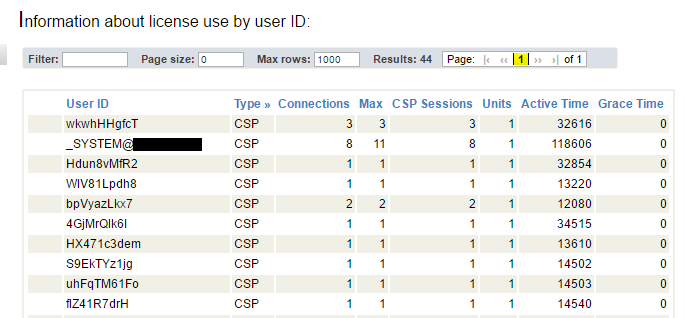Hi everyone!
We have many severs (DEV, QA and LIVE) besides many other slave servers (about 133) that are running Caché instances. Before writing this utility myself, I would like to know if anyone has done it before. We need to change the SuperUser password and do other credential setups like this on all of these servers and we don't want to do it one by one.


.png)
